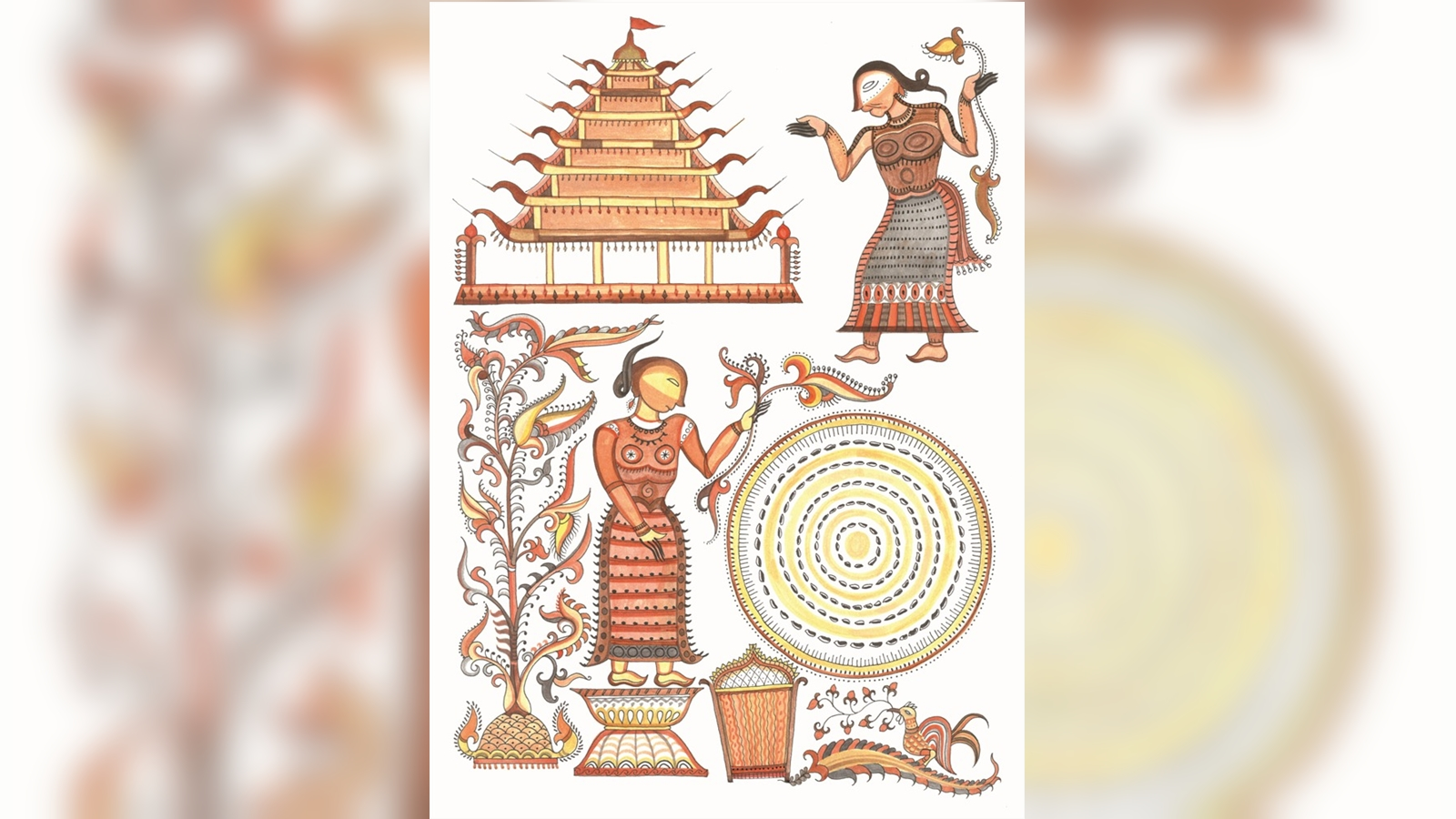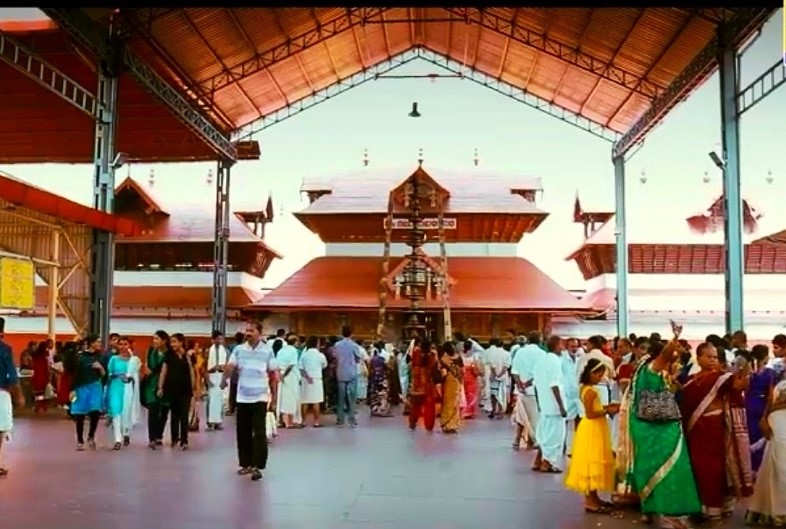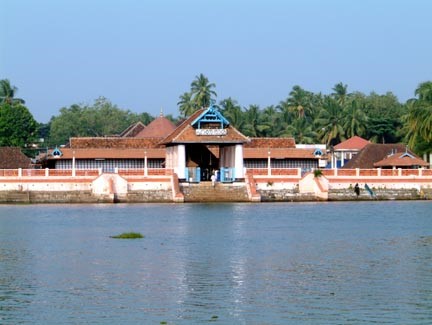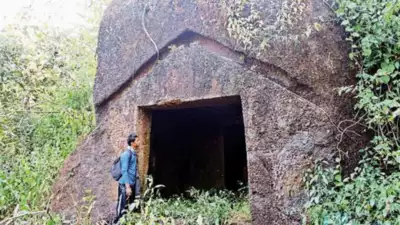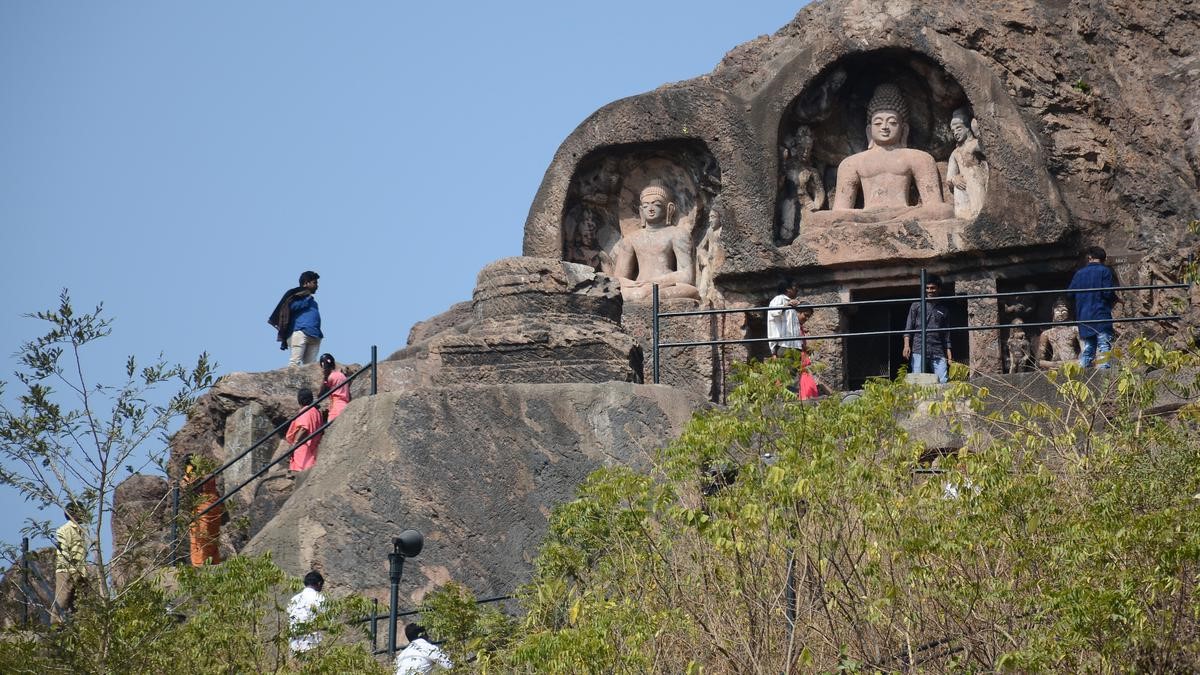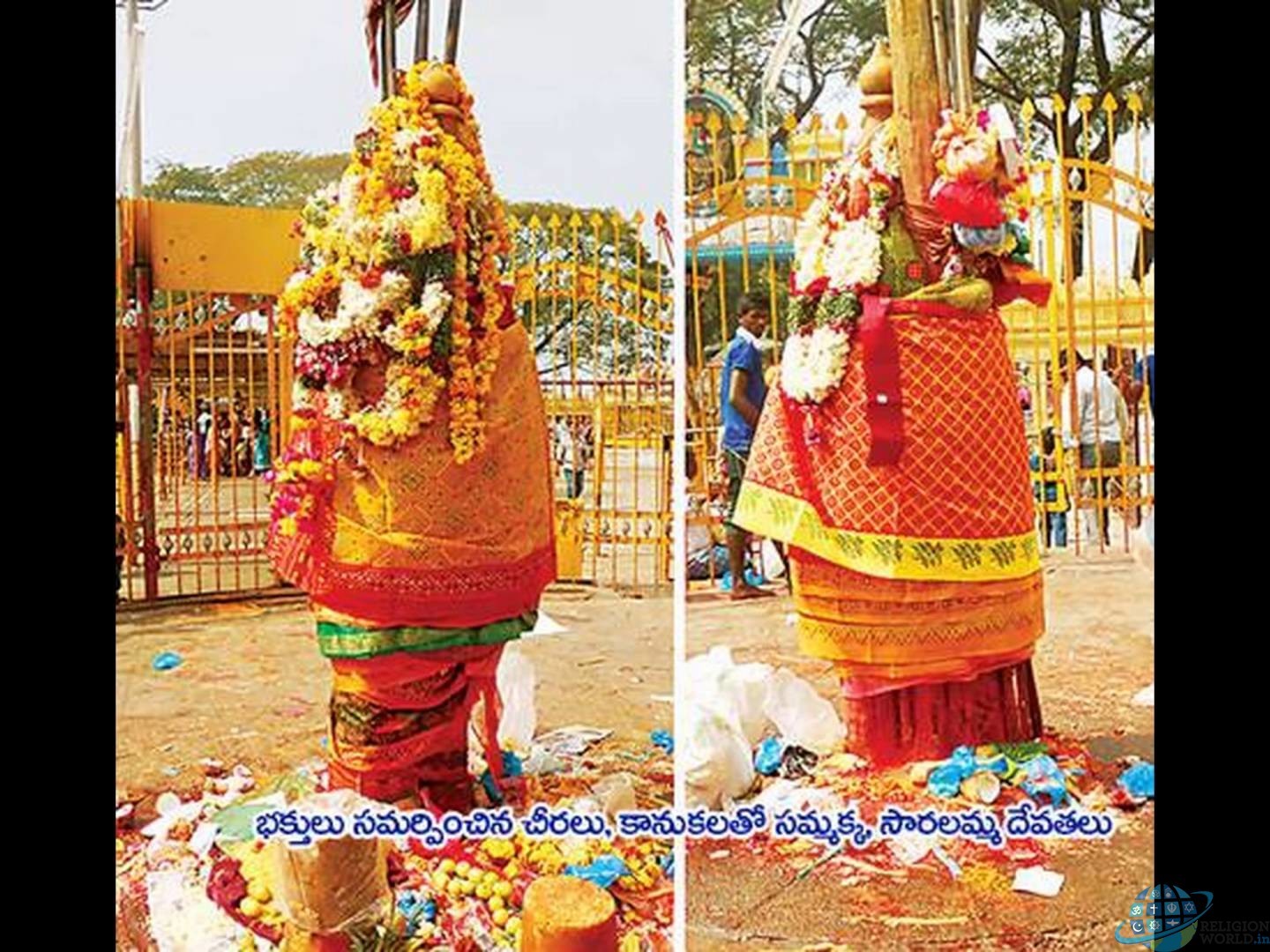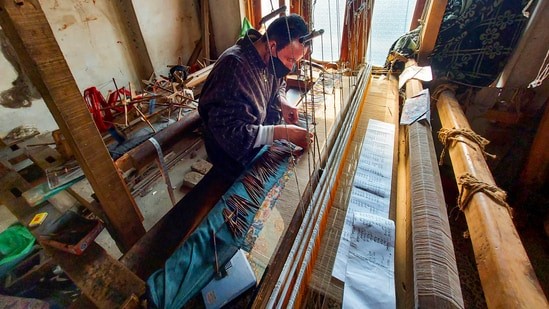Description
Context: To mark the centenary of the discovery of the Harappan civilization at Mohenjo-daro, the India Study Centre Trust in collaboration with the Directorate of Archaeology and Museums, Maharashtra, will be organising a 10-day online lecture series from October 5.
“The discovery at Mohenjo-daro is one of the most important and characteristic findings in the world. Till then, for the world outside, India was a country without history.
“This discovery brought the world’s attention to Indian and an interest in studying its culture, society and past,”
The Indus Valley Civilization (IVC)
- It was a Bronze Age civilization in the northwestern regions of South Asia, lasting from 3300 BCE to 1300 BCE, and in its mature form from 2600 BCE to 1900 BCE.
- The civilisation's cities were noted for their urban planning, baked brick houses, elaborate drainage systems, water supply systems, clusters of large non-residential buildings, and new techniques in handicraft (carnelian products, seal carving) and metallurgy (copper, bronze, lead, and tin).
- The Indus civilisation is also known as the Harappan Civilisation, after its type site, Harappa, the first of its sites to be excavated early in the 20th century in what was then the Punjab province of British India and now is Pakistan
- The Harappan language is not directly attested, and its affiliation is uncertain since the Indus script is still undeciphered.
- There are only five major urban sites: Harappa, Mohenjo-daro (UNESCO World Heritage Site), Dholavira, Ganeriwala in Cholistan, and Rakhigarhi.
https://www.thehindu.com/news/cities/mumbai/lecture-series-to-mark-centenary-of-discovery-of-harappan-civilization/article32705700.ece#:~:text=To%20mark%20the%20centenary%20of,lecture%20series%20from%20October%205.
Array
(
[0] => daily-current-affairs/lecture-series-to-mark-centenary-of-discovery-of-harappan-civilization
[1] => daily-current-affairs
[2] => lecture-series-to-mark-centenary-of-discovery-of-harappan-civilization
)






